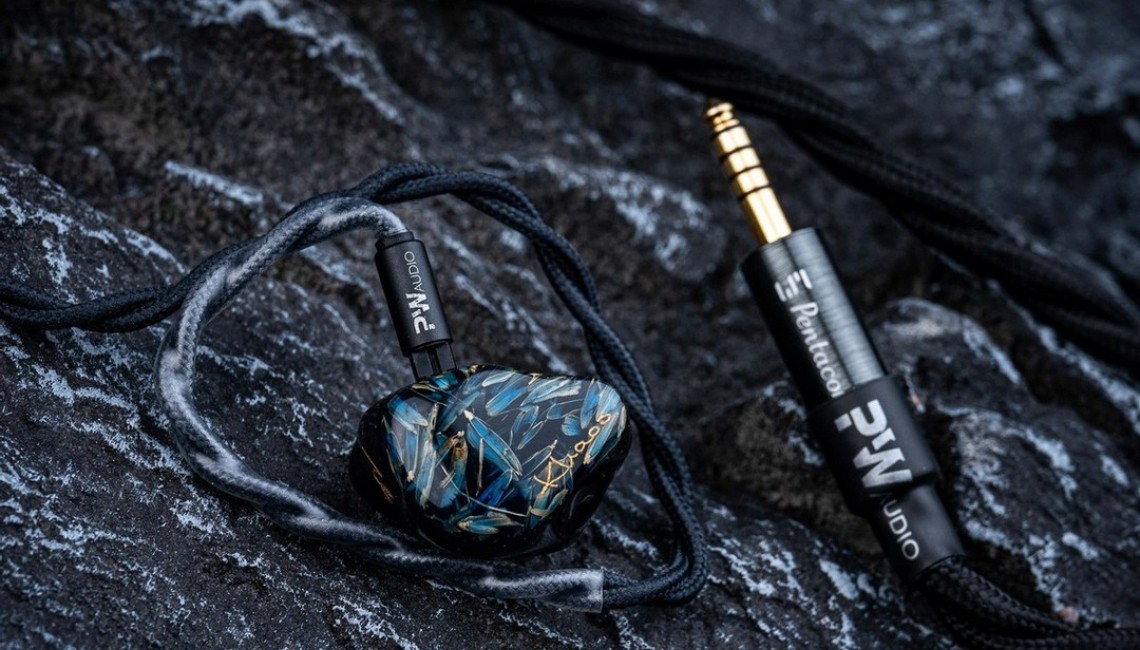
Here, I initially paired it with the RSV, yes, the RSV that is only a fraction of the price of this cable. But can I claim that this combination has surpassed the Cerberus in terms of quality and flavor? No, that would be quite an overstatement. Regardless of whether it is the Shielding or non-Shielding version, the FT cable does not exhibit a distinct sound bias. What is most noticeable is its proportional amplification of imaging and soundstage (with some exceptions, such as JADHIFI Concrete), markedly enhancing the sense of space while preserving the excellent sound quality of healthy copper wire. Moreover, the FT cable's capability to extract density and information is remarkable. For instance, even with flagship IEMs like the Khan Prestige and Khaos, which already boast exceptional sound quality, the FT cable elevates their performance to another level. The sound becomes incredibly spacious and relaxed, with imaging that strikes a fine balance between congestion and sharpness. In short, I find it difficult to craft a comprehensive pairing guide for the FT cable because it elevates the sound in every aspect, truly leaving me at a loss for words. When it comes to overall quality, I believe it surpasses various similarly priced "flavoring cables" by a significant margin, and even outperforms our priciest Orpheus cable in neutrality.
Furthermore, in comparison to the non-shielded version, I personally do not regard the shielded version of FT as a definitive "upgrade," as there is a perceptible difference in sound quality. Take for example the case of JADHIFI Concrete— it sounds more enjoyable and vibrant when paired with the non-shielded version. As mentioned earlier, JADHIFI Concrete expansive soundstage remains naturally large and unaltered, and the FT effectively compensates for its imaging, density, and shaping deficiencies. It delivers an exceptional performance in terms of instrumental interpretation.
The regular version offers a more relaxed sound, with less density and a superior overall soundstage. It excels at reproducing high-frequency instruments, creating a natural and transparent sound. On the other hand, the shielded version enhances sound density, particularly in vocals. It imparts a substantial sense of realism and conveys a wealth of information in vocal imaging. The soundstage is marginally clearer. For listeners who revel in pop music and lean towards more pronounced vocals, the shielding version may feel a touch overwhelming.
--------------- Click here for detailed post (originally in Chinese) ---------------


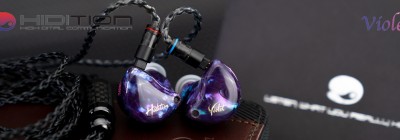

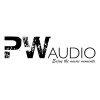

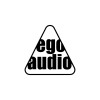
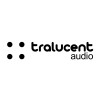

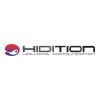
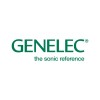

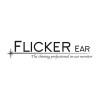
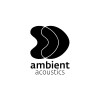

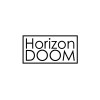
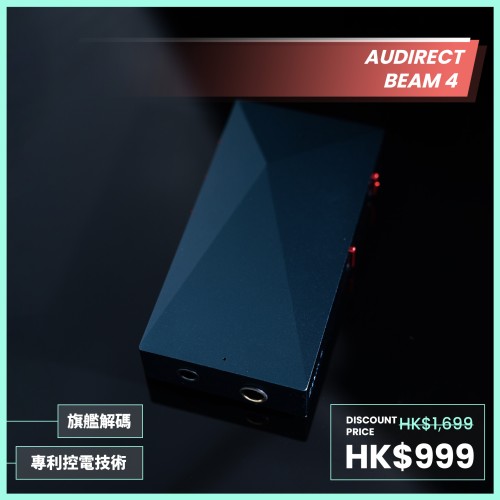
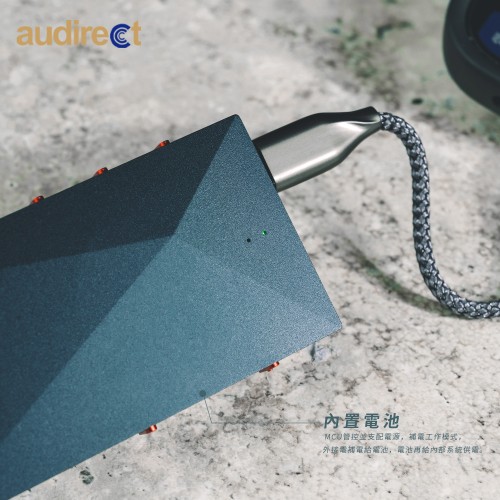
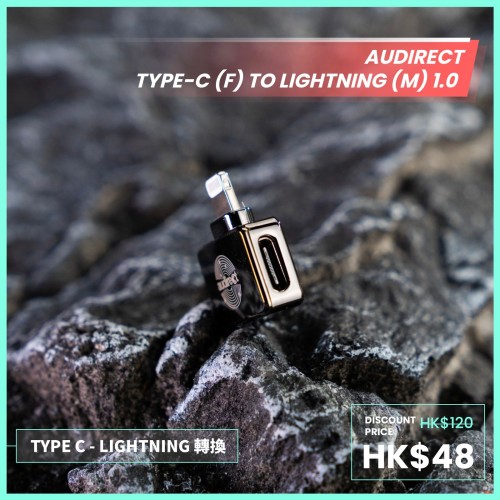
-500x500w.jpeg)




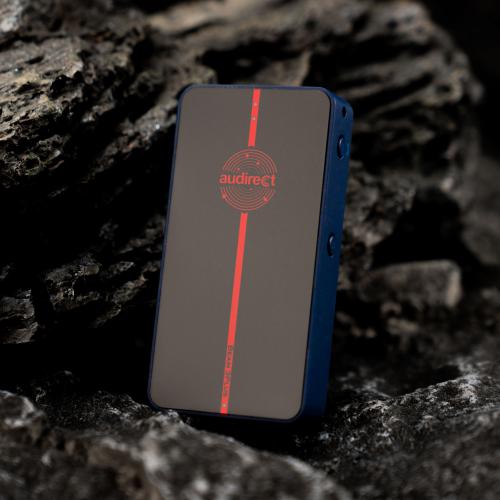
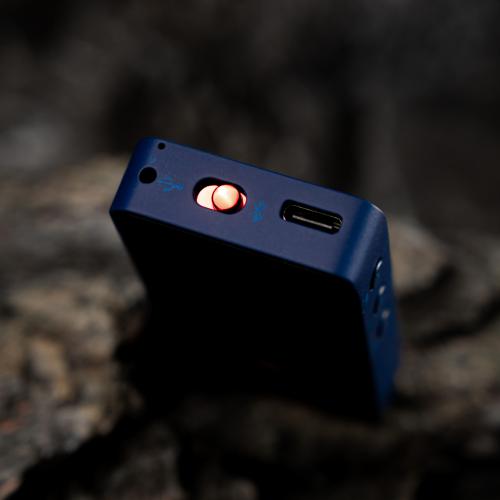

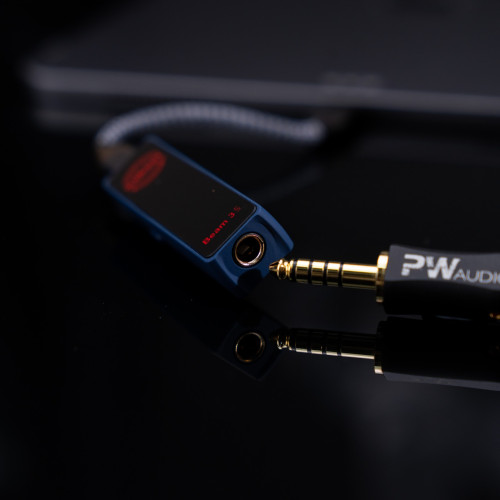
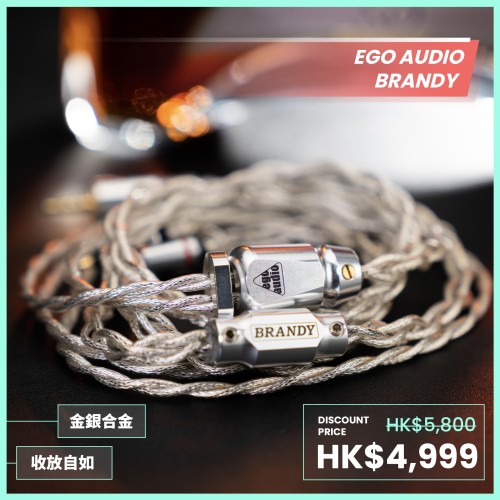

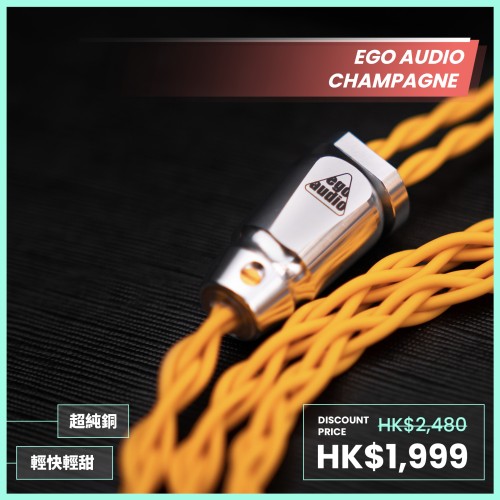

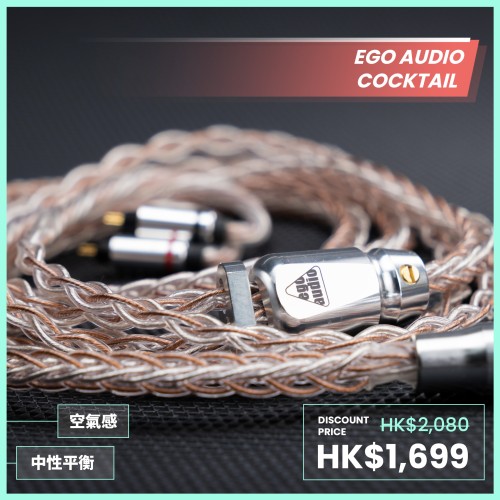

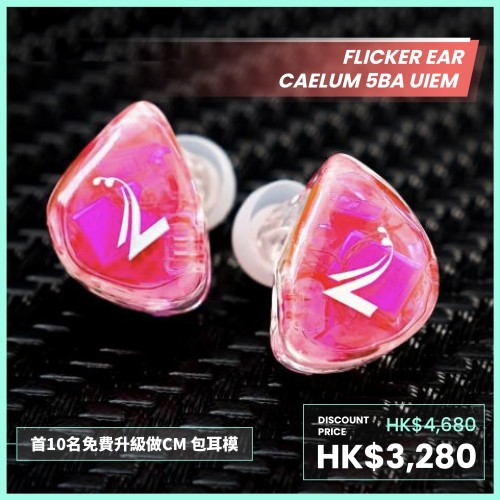

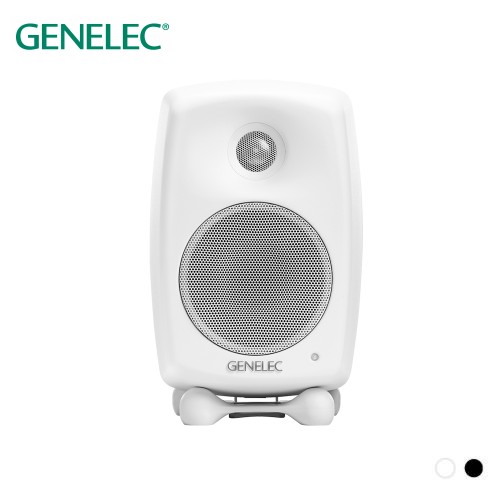
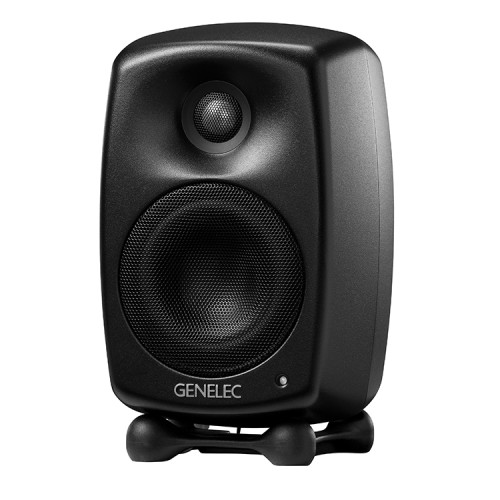
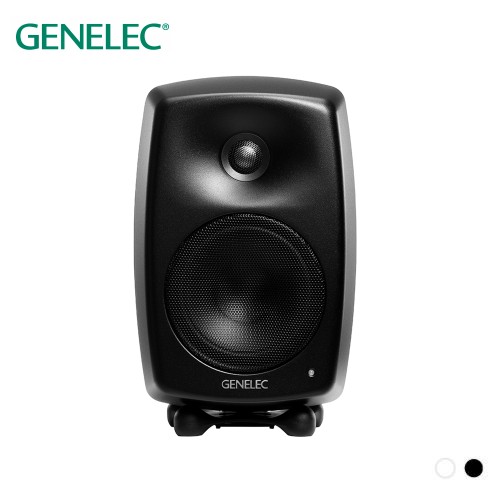
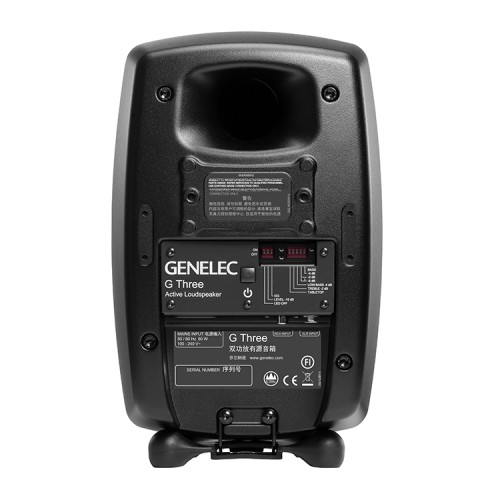
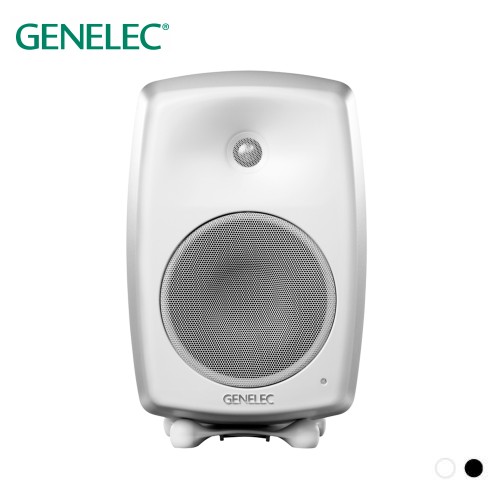
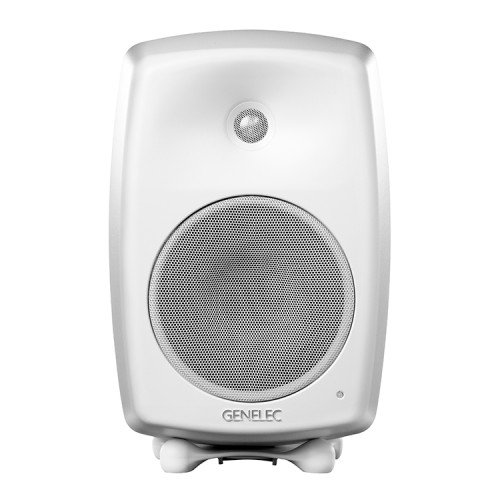
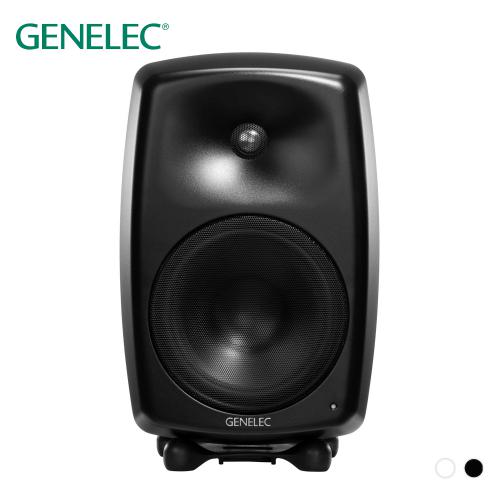
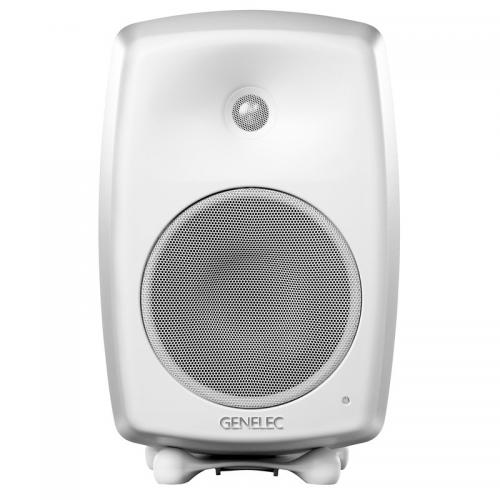
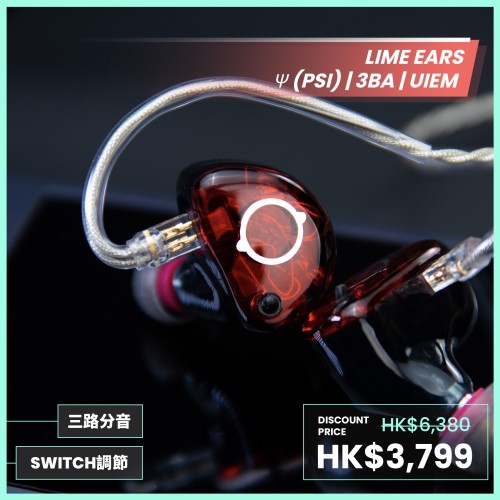


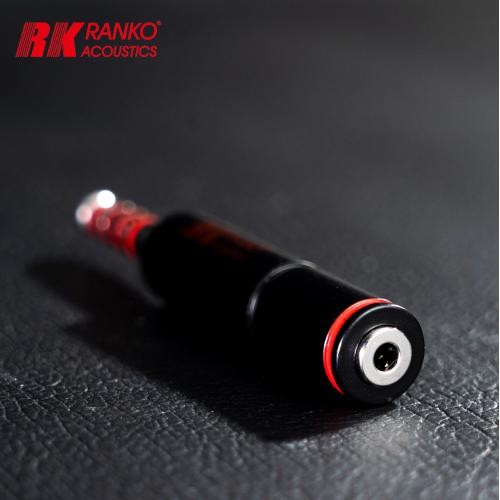

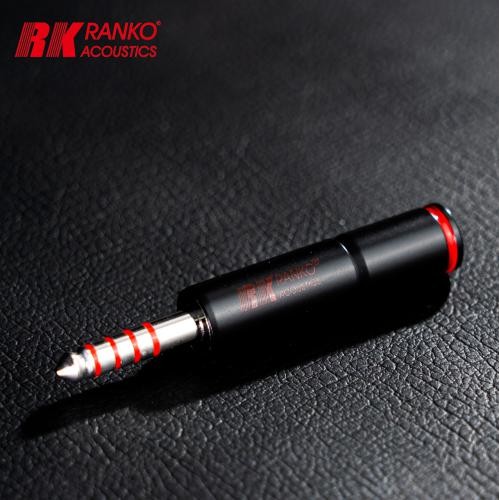

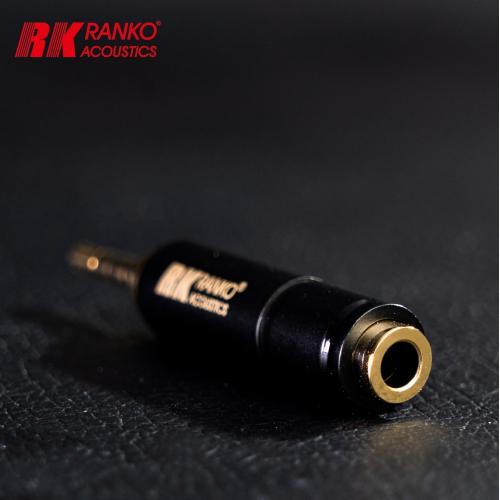
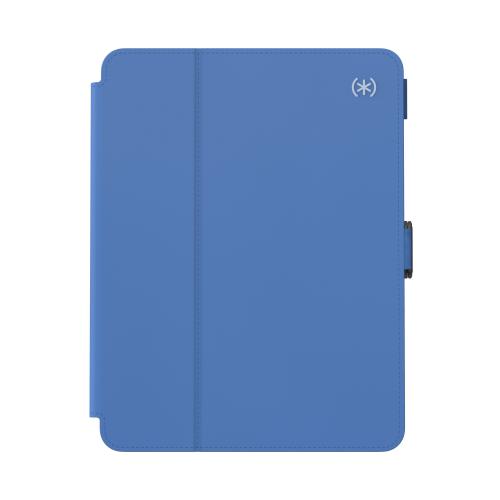
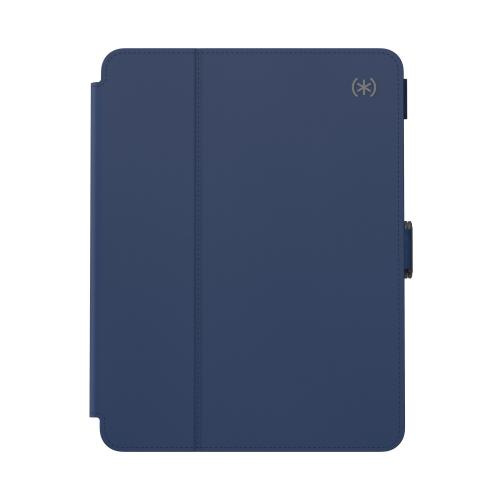


Leave a Comment